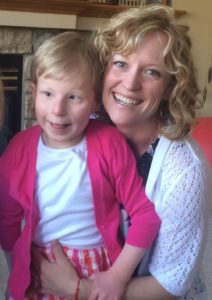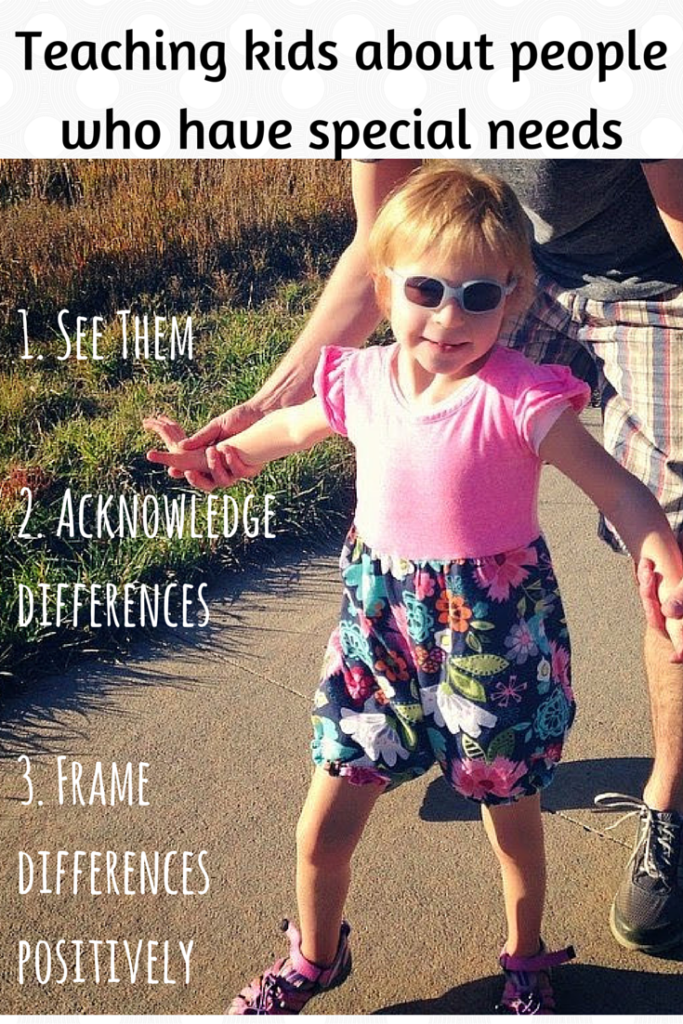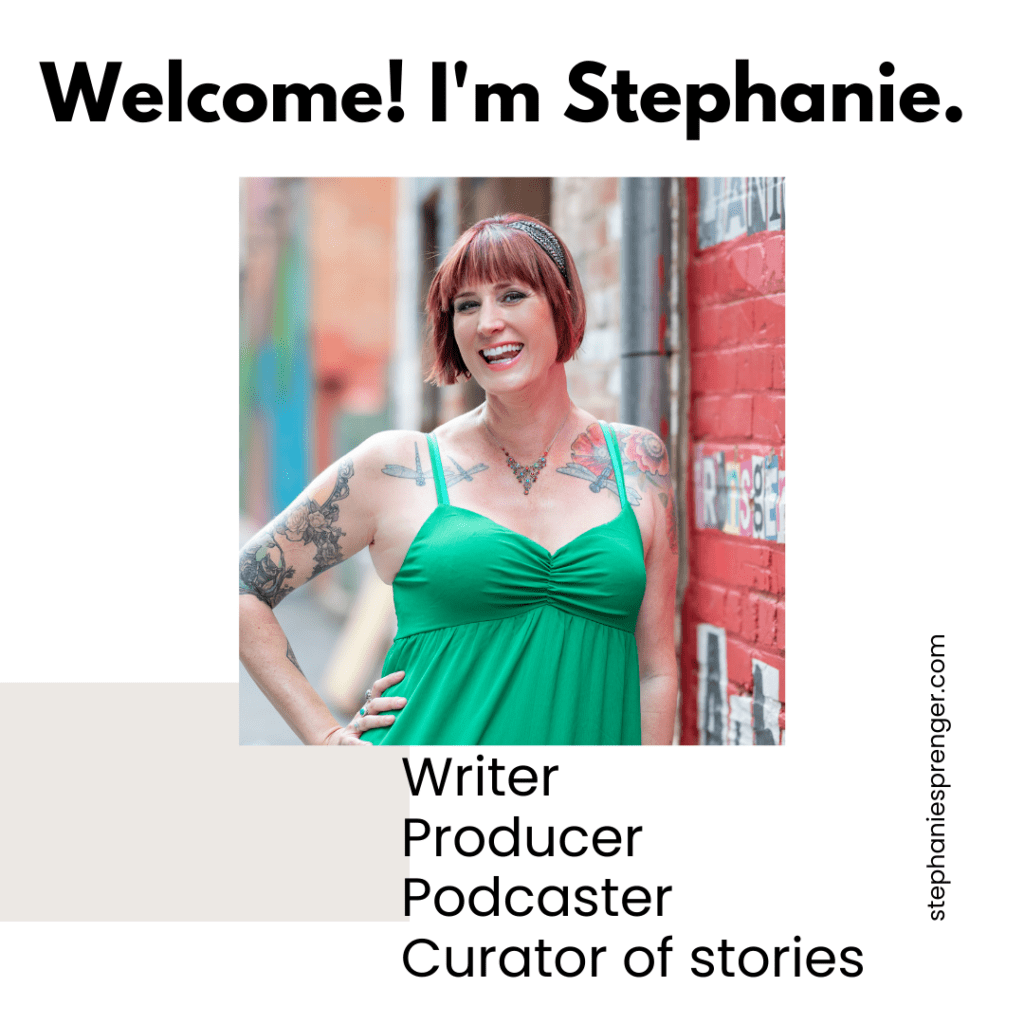I am so excited and honored to share a guest post with you today—it was written by one of my “real-life” friends about her amazing daughter, Julia. In fact, Julia happens to be one of my “real-life” friends as well: she’s been attending my music therapy classes for almost four years! Julia doesn’t use words: she expresses herself with a gorgeous smile and an infectious belly laugh. If you’re lucky, she’ll gently touch her nose to yours to let you know you’re special to her. Julia is seven years old and learned to walk this past year, an event which was thrilling to witness. She has seizures sometimes, but they don’t stop her from loving music, going to church, playing with her dog, and riding horses.
Julia and her entire family inspire me so much; in fact, Julia might be one of the luckiest girls I know. Her family is so special (I’m particularly fond of her incredible mom and her grandma, “Mimi”) and they just exude love, joy, and wisdom. I have learned so much from them.
And today Julia’s mom, Laurie, gets to share some of that beautiful wisdom with all of you. I asked her recently if she would write a post for me about one particular question I’ve heard over and over: “What should parents tell their kids about children who have special needs?” We all know kids are inquisitive and perceptive; they frequently make observations about people around them. So how can we teach them about differences, about the kids around them whose needs and abilities might be different, in a way that is compassionate, insightful, and inspiring? I’ll let Laurie take it from here:
Many of my sweet friends have asked me the following question: “What do you want me to tell my kids about Julia?”
I love my friends for asking this question. I love that they are talking to their kids about Julia. I love that they want my opinion and my words. I love that they want to do it right. I love that they understand that through their messages to their kids about Julia, and kids like Julia, we have the opportunity to change the world. That is huge!!!
The only problem is—I don’t know the answer! I want to have a super-smart, child-friendly, perfectly packaged, world-changing script to hand them, but usually I end up saying something like, “Hmmm, that’s a really great question.”
It isn’t that I don’t have things to say, the problem is I don’t know what kids understand. In my defense, I’ve been living a version of Groundhog Day for the past 8 years—existing somewhere in the 6-18 month range of human development. I don’t know what happens next! And this makes me the worst person on the planet for knowing how to explain something to a child past the age of, well, 1. Give me your infant and I will swaddle that sucker up and rock him to sleep like a pro, but give me your child ages 2-9 and prepare to watch me squirm!
I have tried, it just never seems to go well. I’m pretty sure at one point I tried explaining to a four-year-old what partial agensis of the corpus collosum means. That went well—I think she stopped crying after an hour or so.
On another occasion at a play date with a few of our friends, I said to the girls playing with Julia, “It’s so fun to play with you guys, Julia is so glad you are her friend!” To which the oldest girl Maxx responded, “Well, if she is our friend why doesn’t she talk to us?” Zing! “Hmmmm, that’s a really great question.” So that went well too—I think I only cried for an hour or so.
The point is, I don’t know what your kid understands. But you do! You are an awesome mom. You know how to cater a message to fit your child’s developmental stage. So I can give a few suggestions, I can tell you how I hope the world will talk about Julia, and then I’ll let you take it from there!
Just a few things in general that I think are important to cover:
See Her
First, encourage seeing her. I know many parents are worried about their kids staring or pointing or saying something that might hurt our feelings (and honestly thank you for worrying about that to some degree; it’s really hard to have kids just flat-out gawking or pointing and see parents do nothing at all—so thank you for being conscientious of how your child reacts) but in the process of being concerned about our feelings, please don’t inadvertently send the message to your child to ignore Julia. If you see your child staring at Julia (or anyone, really) it’s your chance to model what you want them to do by saying, “There is a little girl, let’s say hi!”
Jules and I were at the grocery store one day when a mom walked by us with her two kids and she demonstrated what I just described so perfectly. Her kids were watching Julia, so she walked her cart right up to us and said, “Let’s say hi to this cute little girl!” And then she went on to comment on Julia’s cute shoes and the toy she had in her hand; she even found a way to connect her kids with Julia by saying something about riding in the cart and having a similar type of toy at home. She just did it beautifully. I started to walk away and ended up turning around, walking back to her, and saying, “I just have to say thank you for talking to us and being so sweet and interested, that was so nice.” And we ended up hugging and crying in the grocery store—two stranger moms, trying to do a good job for our kids.
Acknowledge Differences
Next, it’s okay to acknowledge differences. I’m really big on this one. Julia is different—it doesn’t make sense to pretend she isn’t. I think that is super-confusing to kids. It can cause them not to trust themselves—and we don’t want that. They are seeing and experiencing something different when they interact with Julia—and it is okay to acknowledge and talk about that. Just like our friend Maxx above who said, “If she’s my friend why isn’t she talking to me?” It’s such a good point and it’s a very fair question because most of Maxx’s friends would be talking to her. So at this point it would be up to you how you might want to explain the difference. “God made her this way.” “She doesn’t talk but she can communicate in other ways …” I think my answer to Maxx went something like, “I know, I know it’s different that she doesn’t talk to you, and most kids do talk right? But Julia is a little bit different and she doesn’t talk. But that doesn’t mean she doesn’t really like you. She does really like you and she really likes playing with you but she just can’t say anything to you.” I don’t really know how that landed for sweet, smart, sensitive Maxx, but it was the best and most honest I could come up with on the spot—and I think she appreciated that. I think kids appreciate our honesty—even when we stumble through it.
So, see us. Acknowledge the differences.
Be Positive
And finally, please, please, please try to frame the message about Julia and her differences positively. We can make differences seem scary or sad or bad or we can make differences seem awesome. And this is how we change the world.
There she is, she is different, and isn’t different pretty awesome?
One evening not long ago I got a text from my friend Alicia about her daughter Makenna, who has lovingly befriended Julia at Sunday School.
The text said:
“I thought you would like this. I overheard Mak talking to our neighbor about Julia, she said to him ‘My friend Julia was born with a possibility.’ She probably overheard me saying to someone that Julia was born with a disability and just heard the word possibility instead. How great is that?”
It’s great. It’s perfect. Born with a possibility!!! Makenna, you nailed it.
And that’s it. That’s what I want the world to think and say about Julia and her differences: not that she was born with a disability, not that she is less or scary or sad—but that she was born with a possibility, with so many possibilities!!!
Could there be any better message than that to teach our kids about one another?
Isn’t Laurie amazing? You can learn more about her and Julia by visiting her blog, I’m Julia’s Mom. Find her on Facebook and Twitter, too, and tell her how much you loved her post here today.
 Laurie Arnold is Julia’s mom. She is also a wife and marriage and family therapist. She writes I’m Julia’s Mom: Bragging, boasting, ranting and raving about life with the fabulous Jules. In her spare time she watches HGTV and drives her husband crazy by repeatedly rearranging their furniture.
Laurie Arnold is Julia’s mom. She is also a wife and marriage and family therapist. She writes I’m Julia’s Mom: Bragging, boasting, ranting and raving about life with the fabulous Jules. In her spare time she watches HGTV and drives her husband crazy by repeatedly rearranging their furniture.
Keep up with all my new posts!
[jetpack_subscription_form]











Yes, Laurie, you are amazing.
What a wonderful, thought provokingly honest post. I can’t help but compare it to when my two children were little and folks learned that their father had died. Initially the responses were along the lines of “Ssshhhh … don’t say anything about Dad. Those two don’t have one …” Ouch. I found things went so much easier for everyone involved when we talked openly about the fact that he died, that he’d like nothing better than to be here and that it was more than fine to talk about your own dad.
More than once, it was the kids and their friends who got it sorted for the rest of us.
Thanks for the intro to Julia and her mom. It made my day. Truly.
Kelly – thank you so much. You are so right – it’s better for everyone when we can talk about things! Thank you for sharing your experience with this and for your kind words!
Well, Steph, you KNOW I love this so so much! And Laurie, thanks so much for writing a guest post for Stephanie – I so so agree that staring and questions are better than pretending people don’t see these superhero kids!!!
Kristi – thank you!!!
What a great post! I think that this is a beautiful way to take the often times huge fear we have about doing the “wrong” thing in our child’s learning and framing it in such an affirming way. Yes I’m the expert on my child, and I can take this and easily remember and apply it to my kids at every age. Bravo Laurie, you are loved!
Love ya Kat!!!
Okay – That is perfect. And I’m totally stealing it – Barrett was born with possibility. Perfect!
Yay! Steal away – isn’t that just the best way to describe our kids? And a kid came up with it – could it get any better? Thank you!!!
This is such a wonderful post Laurie, and I especially appreciate how you don’t give black and white answers or any kind of script, but a template to work off of depending on the age and maturity of our kids.
That story about the grocery store mom got me all teary. I’d like to hug her too!
Thank you for letting me get to know your sweet daughter. All the possibilities indeed!
I’m so glad that worked for you!!!! And yes, I want to find that grocery store mom and hug her again – she just did it so well! Thank you for your sweet words – it’s an honor and gift to me to be able to share!
Wow. There’s one more ingredient and that’s having a super mother. Julia’s life is challenging but she’s very lucky to have you and her supportive family. Your sensitivity will make all the difference.